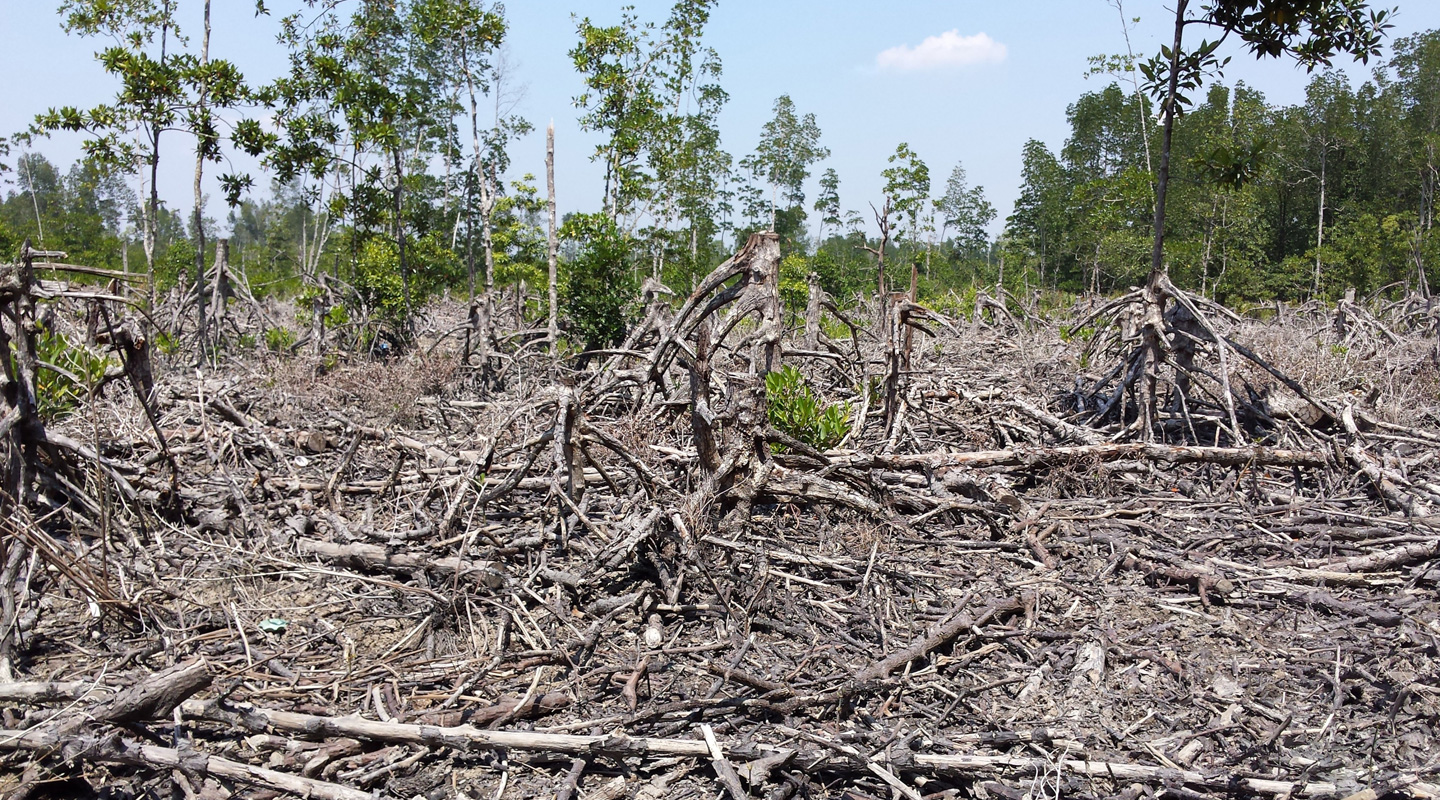Dear readers, With the launch of e-newsletter CUHK in Focus, CUHKUPDates has retired and this site will no longer be updated. To stay abreast of the University’s latest news, please go to https://focus.cuhk.edu.hk. Thank you.
Mangroves to the Rescue

A study by Prof. Lee Shing-yip, marine ecologist cum director of Simon F.S. Li Marine Science Laboratory and Dr. Ouyang Xiaoguang, postdoctoral fellow discovered that mangroves and other marine wetlands—referred to by scientists as ‘blue carbon’—stored 23% more carbon from the atmosphere than previously estimated, pointing to the importance of conserving tidal wetlands in mitigating human carbon emission and countering warming and sea level rise. Blue carbon captures carbon in the sediment and the stored carbon, compared with that in forests and savanna—‘green carbon’, takes much longer to decompose, meaning less carbon dioxide is released back into air, thus easing greenhouse effect and making for a cooler Earth. Previous studies suggested that blue carbon holds a carbon density three to five times higher than green carbon. By taking into account previously neglected sediment types, such as dead wood, and referring to new data, the duo uncovered that carbon stocks in mangrove forests reach 3.7 to 6.3 billion metric tonnes, up 23% of the former estimate. This finding rings an alarm bell to mangrove deforestation caused by urban development, costal aquaculture and agriculture, particularly in Southeast Asia, as the stored carbon is released to the atmosphere following mangrove clearance.